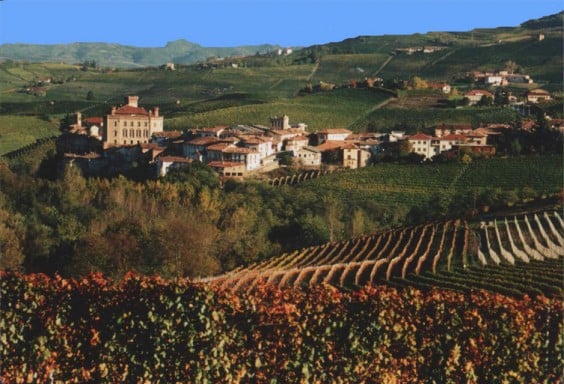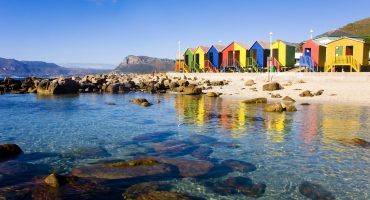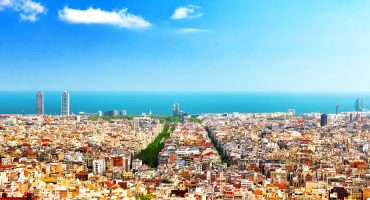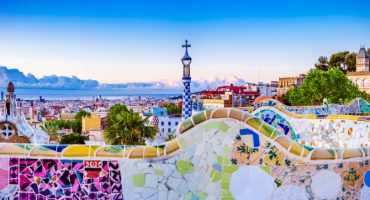
Following an itinerary through the production area of cava means the same as making a trip throughout Spain. And this is because the Cava appellation is the only appellation in Spain that has no geographical limitation. How is that?
Normally the wine appellations of origin are strongly tied to a particular region, according to its tradition, soil, climate… However, when we buy cava, we’re actually buying a sparkling wine that is produced by following a specific process, the “traditional method”, equivalent to the “champenoise method” of French Champagne. Therefore, any Spanish winery that uses the traditional method and observes the limitations imposed by the Regulatory Board (on grapes, processes, aging…) can produce cava in Spain.

There are several wine appellations of origin in which the cellars have a tradition in the elaboration of cava: Rioja, Rueda in Castile and León, Ribera del Guadiana in Extremadura and Valencia.
But undoubtedly, the Spanish region where the most renowned cavas are produced is Penedes, between the provinces of Barcelona and Tarragona.
How to get there
There are 2 options recommended, starting from Barcelona:
The easiest option is the AP-7, called “Mediterranean Highway”, which runs through the Spanish Mediterranean coast from the port of Algeciras to Barcelona. If you start from Barcelona, you’ll find soon in the Penedes, and you can leave the highway at Vilafranca del Penedes, and from there begin the Route of Cava. Attention: in this section there are several tolls, but this is not a particularly expensive way for a visit.
However, to see the vines, there are two roads that will make us feel more closely the essence of Penedes. They are the N-340 and C-243, both accessible from the highway exit from Barcelona A-2 (the N-340 in Pallejà and C-243 in Martorell). The first takes us to Vilafranca del Penedes through long straights full of vineyards. The second, much smaller and uncomfortable, cross some of the most prestigious vineyards and leaves us in Sant Sadurní d’Anoia.
Both Vilafranca del Penedes and Sant Sadurní are essential towns on this route, and are less than 15 km from each other, so the best option is to manage the day between the two villages: morning in Vilafranca and afternoon in Sant Sadurní, or vice versa.
What to visit
In Vilafranca del Penedes, is a must the Penedes Wine Museum, where we can discover not only how wines are made in the area, but the different ways in which wine and cava are made. A great museum to get to know the world of wine. We can end our day with a visit to Bodegas Torres, for example, one of the great wineries in Catalonia.
In Sant Sadurní d’Anoia comes time to put into practice everything learned: in the municipality of Sant Sadurní are based over 80 cellars and makers of wine and cava, including some as remarkable as Gramona or Codorníu, which makes some of the Spanish sparkling wines most awarded worldwide.
Gastronomy
Rare is the weekend when there is not a food tasting or some event related to the cava. Most of the cellars have its own touristic proposal, usually consisting in a tpur + tasting or paired menu, but if you want to enjoy the typical gastronomy of Penedes we recommend you go in late winter or early spring, when they celebrate the calçotadas throughout the region (a grilled vegetable similar to onion with a special sauce), or at Christmas, by the Fira del Gall in Vilafranca del Penedes. However, Penedes is one of the areas in Spain where tourism has adapted better to the culture of wine, so that all year round you will find an attraction related to the wine to enjoy.
Come and visit!



